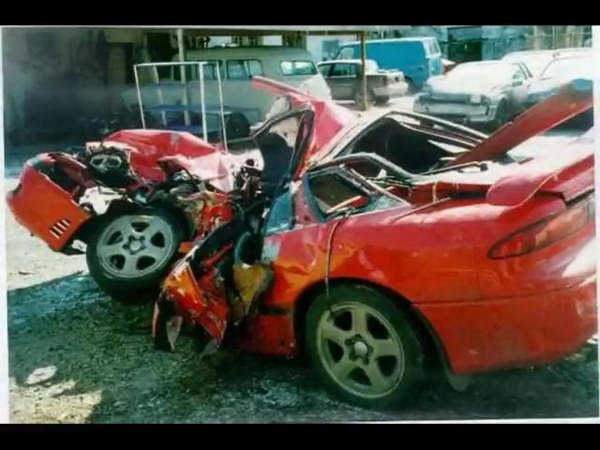Introduction
There are many factors in play when determining the level of liability each driver might hold for an automotive accident. In many cases, neither of the two parties will be found wholly responsible. Instead, each driver will bear a portion of the responsibility.
Although the calculations involved in such a case can be complex, the factors are easy to understand. A court will not only look at the incident itself, but may also consider a driver’s safety record and character in the absence of a definitive account of what happened.
Here are the principal factors involved in determining auto accident liability:
Negligence: The Most Important Issue
Negligence refers to any failure to exercise reasonable caution while operating a vehicle. A negligent driver may have violated the “rules of the road” prior to an accident, creating unsafe conditions for other drivers. The amount of negligence in a given accident is apportioned differently from state to state.
Comparative Negligence: Under this doctrine, more than one party to an accident may be found to be partially at fault for that accident. In these cases, the total damage amount each party is eligible to receive is reduced; their amount of negligence is subtracted from 100% to determine what level of damage they may be awarded.
Contributory Negligence: Used in a small number of states, this doctrine allows a driver to receive damages only if he or she was not responsible for an accident in any way whatsoever. Other states have modified this to allow collection of damages only when the driver’s behavior was less than 50% responsible for the accident.
To achieve consensus on each person’s level of negligence, it is necessary to take witness statements and to establish each driver’s highway safety record, state of mind and auto maintenance level. In many cases, a driver’s legal defense team will provide investigative resources to gather necessary information in the immediate aftermath of an accident. This allows drivers to fend off competing claims in court.
In a handful of states, all auto accidents are considered “no fault.” Under this doctrine, damages cannot be collected by drivers who have suffered an automobile accident unless the total damages exceed statutory thresholds. In these states, each driver’s insurance firm is required to compensate their client for damages to the maximum extent of the active insurance policy. Unfortunately, this arrangement sometimes contributes to fraud.
When You May Be Responsible for Another’s Negligence
There are several situations where you might be deemed responsible for another’s negligence on the road. These include situations where your employee’s driving causes an auto accident while performing his or her job on company time and in a company vehicle. Other dangerous situations include allowing your kids to drive the car — in many states, the owner of a family vehicle is responsible for all drivers who make use of it.
Any time you allow someone else to drive your car, you are assuming responsibility to some extent, depending on your state’s laws. This is especially true in cases where you allow an incompetent or unfit driver to operate your vehicle with your permission. Someone who is drunk, underage, ill, elderly or inexperienced may be deemed an unfit driver by the courts. As the vehicle’s owner, you can be found responsible for such a driver.
This article was contributed by Green Country Law, injury attorney in Tulsa Oklahoma, The law firm of Gorospe and Smith.

